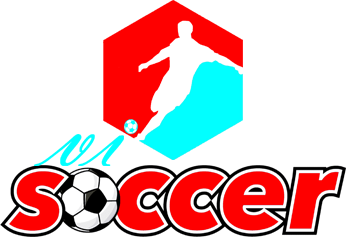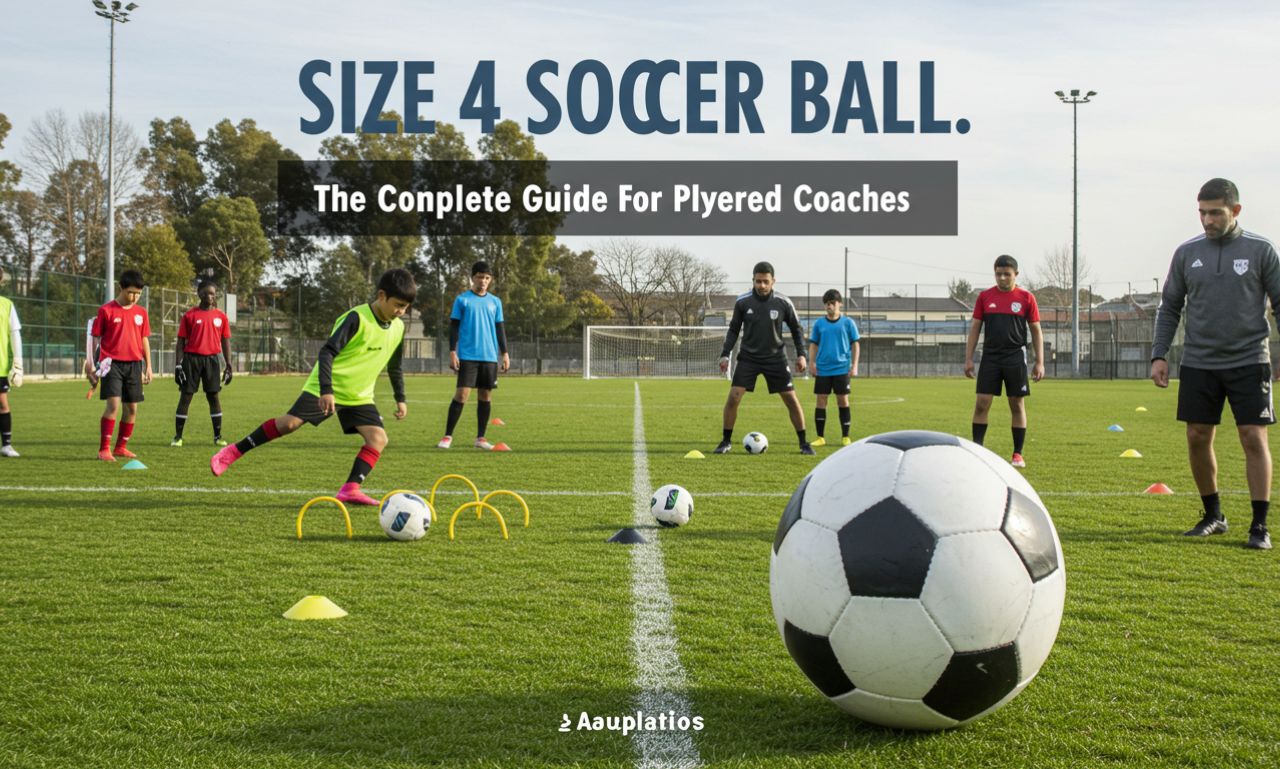The size 4 soccer ball is a crucial piece of equipment for developing players, particularly in the 8 to 12 age range. Smaller than the professional size 5 but larger than the beginner size 3, it strikes a perfect balance between control, weight, and durability. Whether for training or matches, the right size 4 soccer ball can help improve ball-handling skills, passing accuracy, and overall confidence on the field.
Size 4 Soccer Ball: Specifications and Standards
Official soccer ball sizes are determined by organizations like FIFA and the US Soccer Federation. For size 4, the specifications include:
-
Circumference: 25–26 inches (63.5–66 cm)
-
Weight: 11–13 ounces (310–370 g)
-
Recommended Age: 8–12 years
-
Pressure: 8.5–15.6 PSI
These standards ensure that young players use a ball suited to their physical development, helping to reduce the risk of injury while improving technique.
Size 4 Soccer Ball: Why It’s Important for Youth Development
A size 4 soccer ball is designed to encourage skill growth. Larger balls can be difficult for children to control, while smaller ones may not prepare them for progression to size 5. The weight and circumference of a size 4 ball provide just the right challenge to refine dribbling, shooting, and passing.
Size Soccer Ball: Materials and Construction
The durability and performance of a soccer ball depend on its construction. Common elements include:
-
Outer Cover: Usually made of synthetic leather (PU or PVC) for softness and durability.
-
Panels: Size 4 soccer balls typically have 32 panels for traditional shape retention, though modern designs may vary.
-
Bladder: Latex offers better touch and bounce, while butyl bladders retain air longer.
-
Stitching or Bonding: Hand-stitched balls are more durable, while thermally bonded balls resist water absorption.
Size Soccer Ball: Best Applications in Training
A size 4 soccer ball is more than just a match-day option — it’s a powerful tool for skill development in targeted training sessions.
-
Dribbling Exercises: Its slightly smaller circumference makes it easier for young players to maneuver the ball in tight spaces, sharpening footwork and control.
-
Passing Precision: The reduced size helps players focus on accuracy and timing, building habits that transfer smoothly to larger balls in later stages.
-
Shooting Technique: Being lighter than a size 5, it allows younger athletes to strike cleanly and confidently without overexerting their legs.
Size Soccer Ball: Choosing Between Indoor and Outdoor Models
Not all size soccer balls are built for the same environment. Selecting the right type ensures consistent performance and durability.
-
Outdoor Versions: Constructed with durable outer layers to withstand grass, artificial turf, and varying weather conditions.
-
Indoor Versions: Typically have softer or felt-like covers to enhance grip and control on hard court surfaces while reducing bounce.
Using a ball suited to the playing surface not only improves training quality but also extends the lifespan of the ball.
Size Soccer Ball: Popular Brands and Models
Some trusted options in the market include:
-
Adidas Tango Rosario – Durable and FIFA-approved.
-
Nike Pitch Training Ball – Designed for visibility and consistent touch.
-
Select Numero 10 – High-quality stitching and long air retention.
-
Puma Future Flare – Vibrant design and durable build.
Size Soccer Ball: Buying Tips
When purchasing, consider:
-
Purpose: Training, matches, or casual play.
-
Material: PU for softer touch; PVC for budget-friendly durability.
-
Air Retention: Check bladder type for longer use between inflations.
-
Grip and Texture: Slight texturing helps improve control.
Size Soccer Ball: Care and Maintenance
To extend the lifespan of a size soccer ball:
-
Proper Inflation: Avoid overinflating or underinflating.
-
Clean After Use: Remove dirt and moisture to prevent damage.
-
Storage: Keep in a cool, dry place away from direct sunlight.
-
Avoid Rough Surfaces: Prevent excessive wear by playing on appropriate fields.
Size Soccer Ball: Transition to Size 5
Around age 12–13, players typically graduate from a size 4 to a size 5 soccer ball. A smooth transition is easier when players have mastered control, balance, and striking techniques with the size 4 ball.
Size 4 Soccer Ball: Benefits for Coaches
Coaches favor size 4 soccer balls for youth teams because they:
-
Reduce injury risk.
-
Help players develop technical skills faster.
-
Keep training sessions effective and age-appropriate.
Size Soccer Ball: Common Mistakes in Selection
Avoid these pitfalls when choosing a size soccer ball:
-
Buying a size 5 too early.
-
Ignoring the playing surface type.
-
Choosing the cheapest ball without considering durability.
Size Soccer Ball: Environmental Considerations
Some brands now offer eco-friendly size 4 soccer balls made from recycled or sustainably sourced materials. This trend supports environmental responsibility while maintaining performance quality.
Size 4 Soccer Ball: Future Trends
-
Smart Soccer Balls: With built-in sensors for tracking speed and spin.
-
Water-Resistant Designs: For all-weather play.
-
Custom Graphics: Personalization for teams and individuals.
Conclusion
The size soccer ball plays a vital role in shaping young players’ skills. Designed to be age-appropriate, it bridges the gap between beginner and professional play. By choosing the right ball, maintaining it well, and matching it to the correct playing conditions, coaches and parents can give children the tools they need to excel on the field.

